(January 6, 2021) Back in the summer of 2016, Kashmir was on the boil. Violent clashes erupted across the valley following the killing of Burhan Wani, commander of terror group Hizbul Mujahideen, who was gunned down by the security forces. Close to a 100 people died and thousands were injured in an endless cycle of violence. Then aged 22, Burhan moulded insurgency in J&K through his strong presence on social media.
Around the same time, BSF officer Nabeel Ahmed Wani, another youngster from the valley, had just topped the all-India examination for assistant commandant in the Border Security Force (BSF), a para-military force tasked with securing the country’s borders. He was the first one from the state to have topped the exam. As TV channels went on an overdrive, juxtaposing the stories of the two Wani’s, Nabeel became a hero overnight and the new face of Kashmir unlike the other Wani, who chose to join the militant ranks and eventually met his violent end.
Five years down the line, Nabeel has become the bridge between the youth of Jammu and Kashmir and the security forces. With his strong social media presence, Nabeel — who braved all odds including multiple threats to his life — has influenced thousands of youngsters in the valley, who have either joined the forces or have expressed a willingness to join. In fact, some were on the verge of joining the militant ranks but a quick conversation with Nabeel, led them to shun the path of violence and join the mainstream.
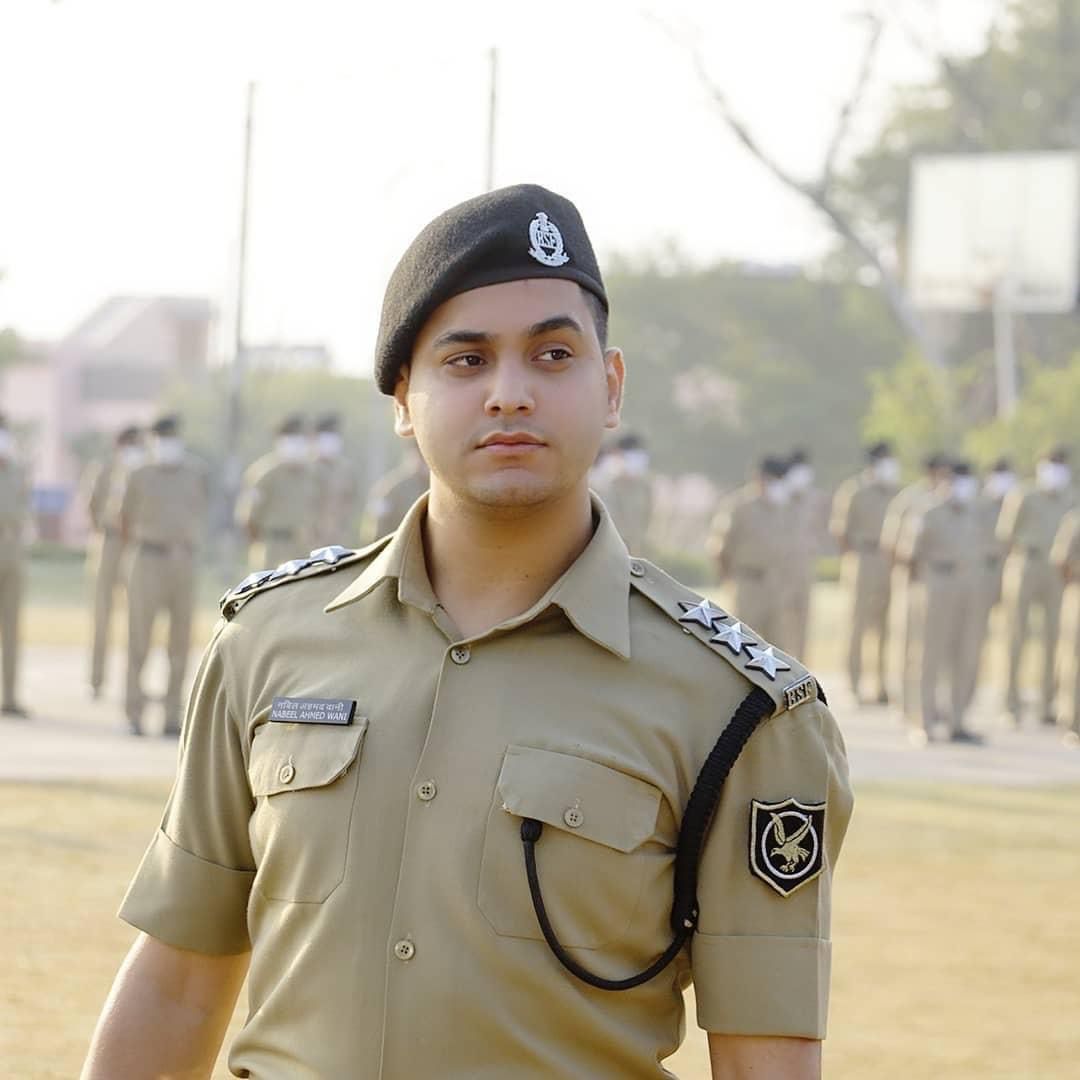
Nabeel Ahmed Wani
“I interact with thousands of Kashmiri youth almost on a daily basis. I tell them about my life in the BSF, and give them the real picture. Many respond positively and have joined the forces,” smiles Nabeel Ahmed Wani, in an exclusive conversation with Global Indian. For any Kashmiri, joining the forces comes with serious threats to life but Nabeel, who is serving as assistant commandant (works) with the para-military force, has shown a beacon.
The Wani who propagates progress
Born and brought up in Udhampur district of J&K in November 1991, Nabeel’s father Rafiq Ahmed was a teacher, and mother Hanifa Begum a home maker. His forefathers had moved from Anantnag in the valley, considered a hotbed for terrorists, to Jammu long ago.
“I just wanted to don the uniform and serve my nation. I wanted to be the bridge of peace,” says Nabeel when asked what made him join BSF. “There was no plan and pattern, I was just preparing to get into the forces. I was trying hard for the Army, Navy or BSF. Turns out, my destiny was in the BSF and so here I am,” smiles the BSF officer. Nabeel is known not to mince his words while taking on the anti-national elements, both on the field as well as on social media. On the other hand, terror outfits are known to use social media to their advantage and propagate their ideology and Nabeel is leaving no stone unturned in motivating the people of the union territory through his posts every day.
“While in school, my father made sure we learn and respect all religions, and we used to celebrate all festivals,” informs Nabeel, who describes his younger sister Nida Rafiq as a warrior. Having completed engineering, Nida is looking forward to getting into Army Public School as a teacher.
When BSF called out to him
“When I joined BSF, people appreciated my move because they chose a Wani who wanted to fight for the nation and rejected the other Wani (Burhan) who was against the nation. I have been boycotted by a section of extremists and they still hate me. I am aware of the threats but I won’t stop. I am not scared of death,” says the 30-year-old, who is presently posted in J&K.
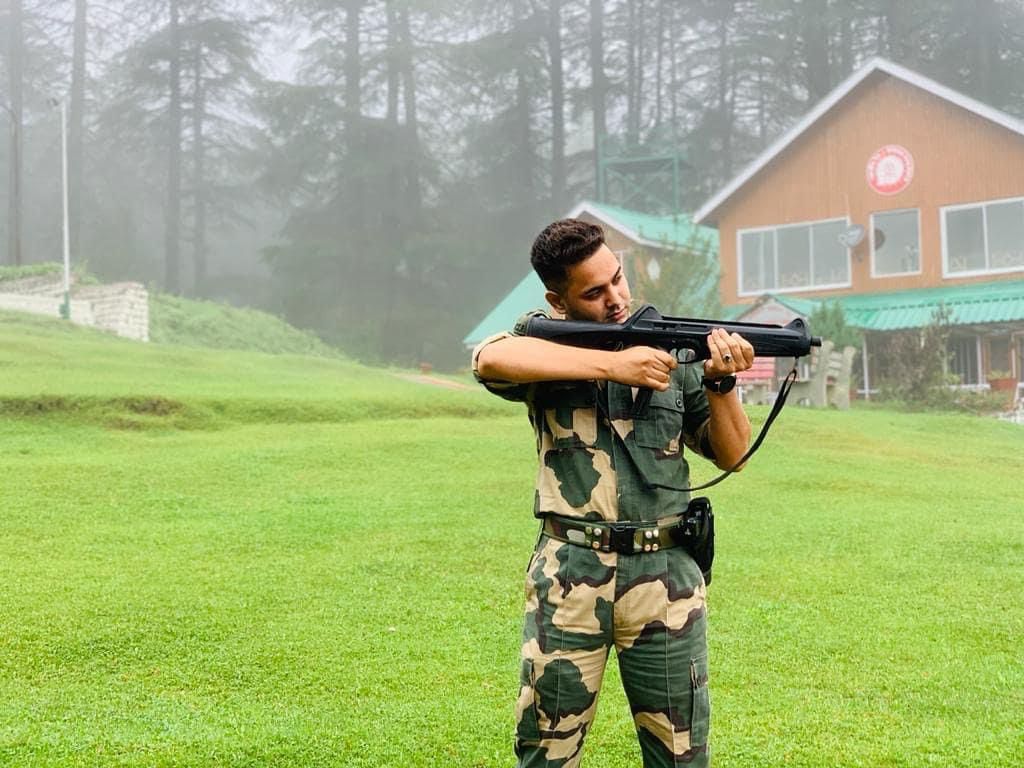
Nabeel Ahmed Wani
So how is life on the border with Pakistan? “Tough and challenging. But we are way ahead of Pakistan in every aspect. We ensure the borders are completely sealed which has made it impossible for terrorists to enter the country. That is exactly why Pakistan is now resorting to sending drones instead of men. But even the drones are being shot down. Pakistan is a weak nation now,” says the BSF exam topper.
While Nabeel has faced threats to his life, his sister too has faced abuse of the worst kind – threatened with rape and acid. “She is my hero and a very strong-willed person who is as fearless as I am. We are a family for whom the nation comes first,” he says.
A determined Nabeel is doing everything he can to portray J&K as a peaceful and prosperous state. “There is a significant decrease in militancy in the valley over the past few years. There are just a few people left who are feeding innocent youth the venom of hatred and brainwashing them,” says Nabeel, who has guided many youths with lengthy conversations. “Some youths are misunderstood and misguided, but they are back on track,” smiles Nabeel.
Since topping the BSF exams, Nabeel’s status is no less than a celebrity. Wherever he goes, people take selfies, want to know about his success story. Even within the force, he is loved and respected. “I think in five years, I have attained respect and love with my work in BSF, and not by fame. And yes, I took a tough decision of joining the forces and it’s the best decision of my life,” he says, pointing to the fact that locals in Kashmir have now taken to the streets protesting for more vacancies in BSF.
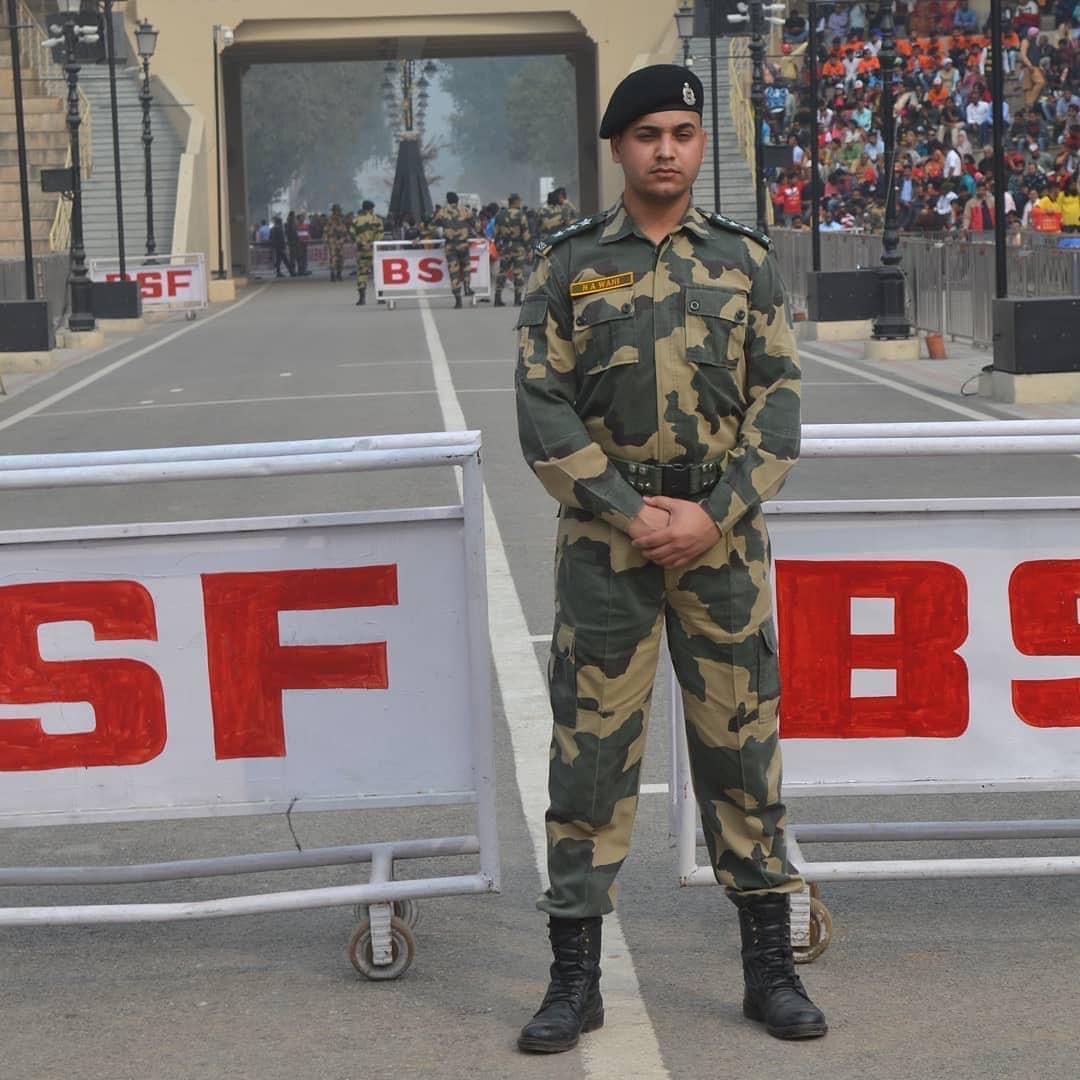
Nabeel Ahmed Wani
Ordinary, but extraordinary
His typical day starts at the crack of dawn after which all BSF officials undergo PT training for an hour. Nabeel looks after the infrastructure in the BSF besides coordination and information from sister agencies. “I am also entrusted with the task of liasioning between different government departments,” he says, stopping short of disclosing further for security reasons.
Nabeel was perhaps the first Kashmiri in uniformed services to openly laud the Narendra Modi government’s move of abrogating Article 370, and bifurcating Jammu and Kashmir into two Union territories, and even wrote a letter appreciating the move. “People in J&K have been exploited by local leaders for years. Scraping of 370 has definitely boosted the morale of the youth, and has opened all doors of opportunities for better careers. The decision was historic and brave and made all Indians equal,” says Nabeel, who wrote to the PM at a time when Kashmiris serving in the armed and paramilitary forces and J&K police were under tremendous pressure from some of their own to quit the services in the wake of Centre’s move. The Prime Minister wrote back saying the move was “historic.”
However, revoking the state’s special status is contentious among many in Kashmir, even today.
Making the most out of BSF
Soon after Nabeel was inducted into BSF, he was posted in Shillong and Guwahati. His first days were tough but having mentors helped Nabeel, who has been posted in J&K since July 2018.
Since he joined BSF, there have been instances when Kashmiri men, who joined the security forces, were killed by terrorists. “Every time such incidents take place, I feel the pain and sorrow of the family members. But I also feel a lot of anger. We are not here to kill anyone; we are just protecting our nation. We will not stop protecting our nation due to such mindless killings and every ounce of blood will be avenged,” says the BSF officer, who married Dr Tanveer Ul Nisa, a government ayurvedic doctor in March 2021. On their wedding, the Prime Minister congratulated the couple over phone, and sent a gift too.
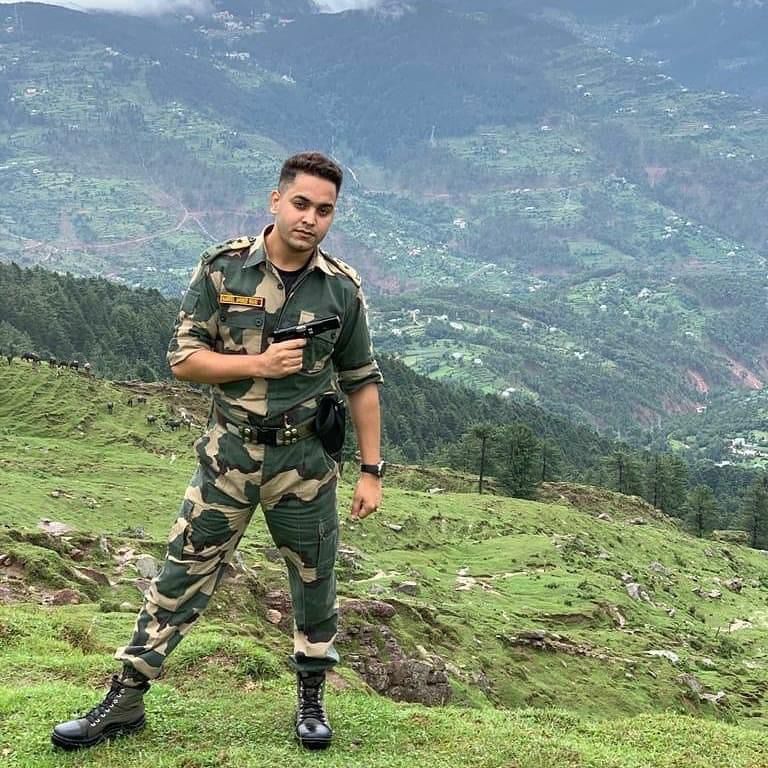
Nabeel Ahmed Wani
The BSF official’s free time goes into helping the locals. “I help them get jobs in showrooms, petrol bunks, schools etc. People in J&K never say ‘no’ to me as they respect me,” informs Nabeel, who is a fitness freak and hits the gym regularly besides following a strict diet plan.
“I would like to see Kashmiri youth get into top positions in the army, police, navy, administration and all other fields. Seeing Kashmir prosper and develop on all fronts is my dream and we will accomplish it,” adds Nabeel.
Understanding Article 370 and Article 35a
The state of Jammu & Kashmir’s temporary special status (given on 17, October 1949) allowed the state to have its own constitution, flag and take decisions except for matter related to defense and foreign affairs. It dates back to 1947 when Maharaja Hari Singh of the then colonised Jammu & Kashmir signed a Treaty of Accession for the state of J&K to join the Indian side.
Article 35a was added to the constitution in 1954 under Article 370, giving the state the right to decide who its permanent residents are, apart from giving special rights to residents in government jobs, property and education. This abrogation and the manner in which it was done has come under severe scrutiny.
Follow Nabeel Ahmed Wani on Instagram and Twitter

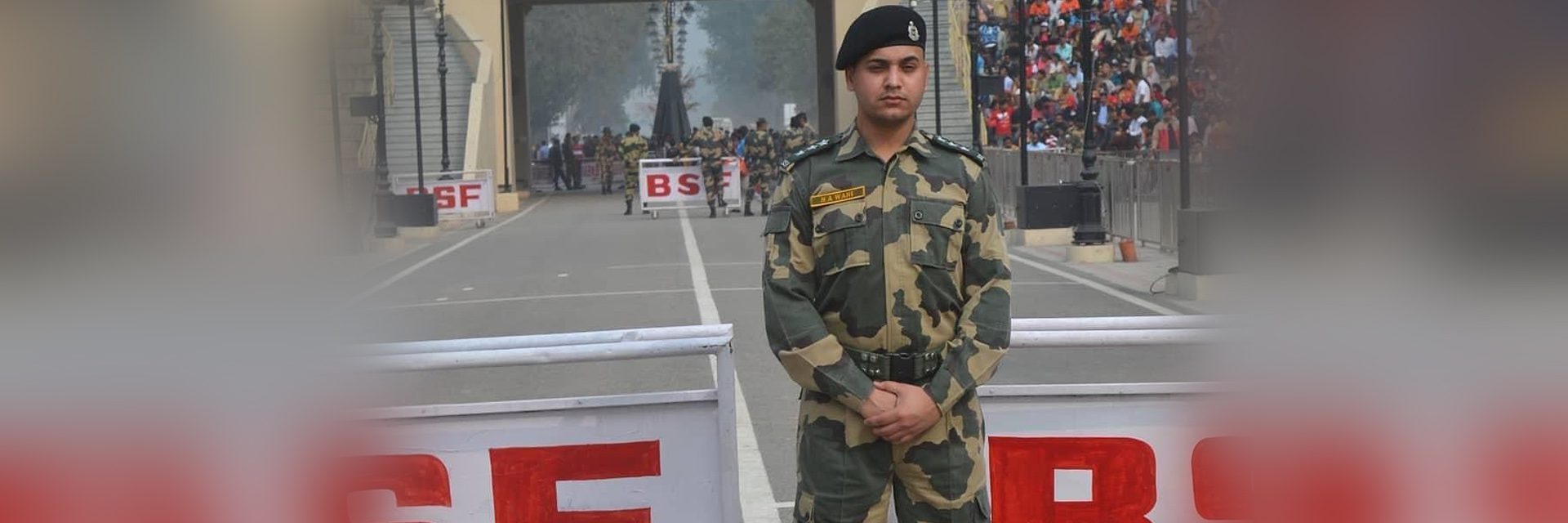
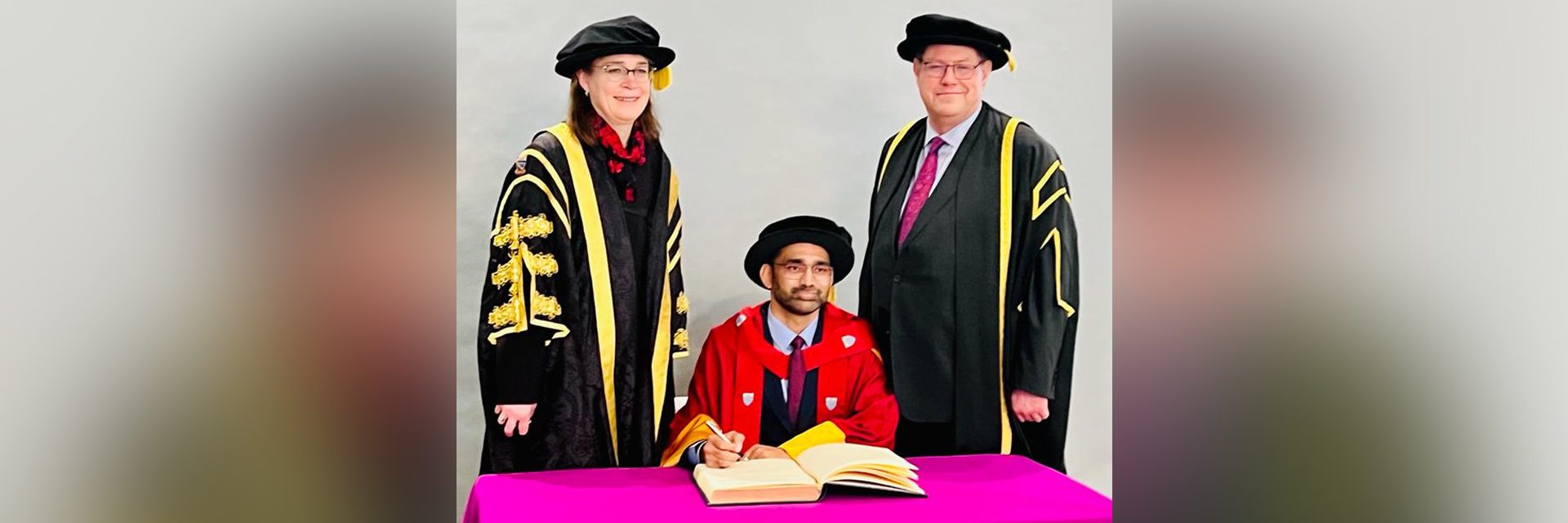
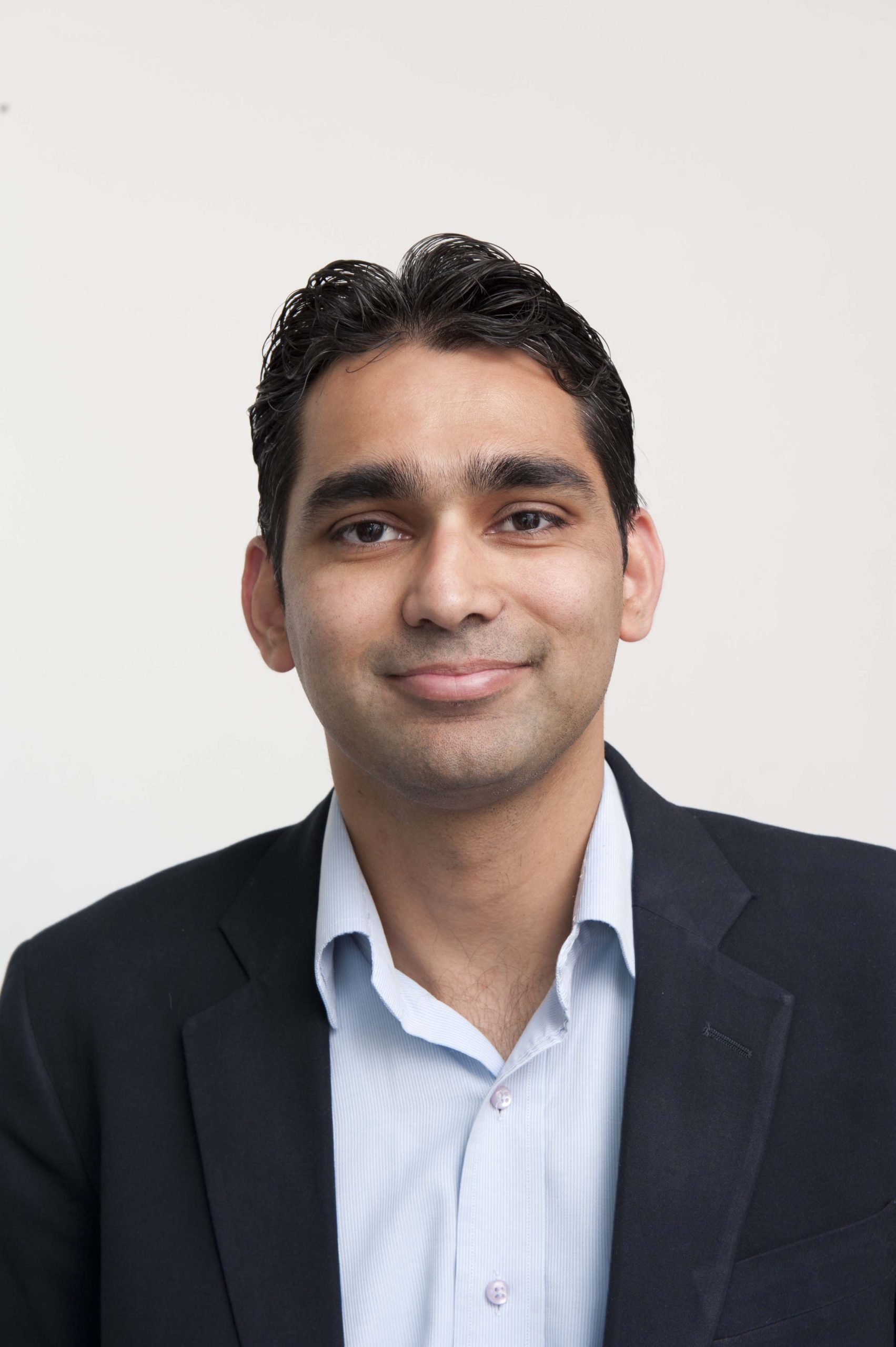 Gaurav Brahmbhatt[/caption]
Gaurav Brahmbhatt[/caption]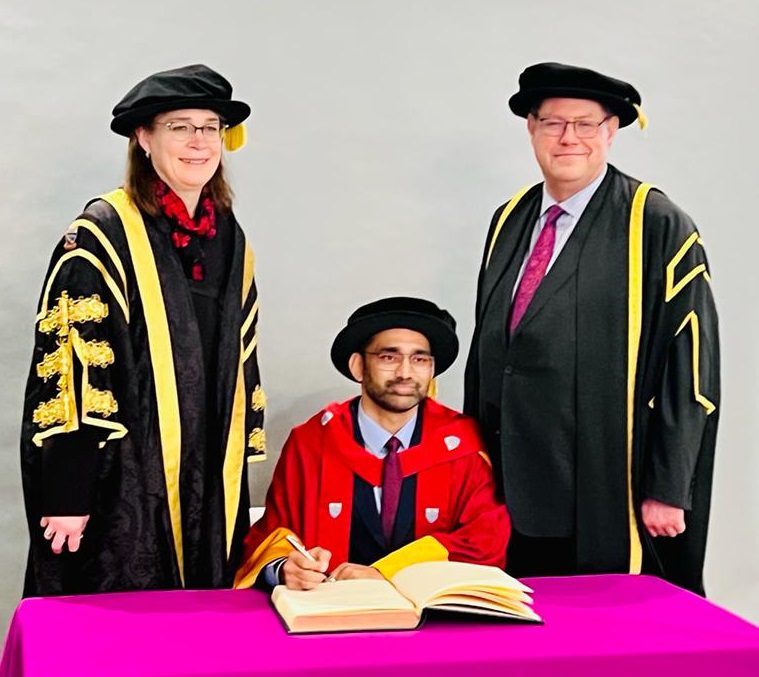 Gaurav receives his honorary degree from Aston University[/caption]
Gaurav receives his honorary degree from Aston University[/caption]
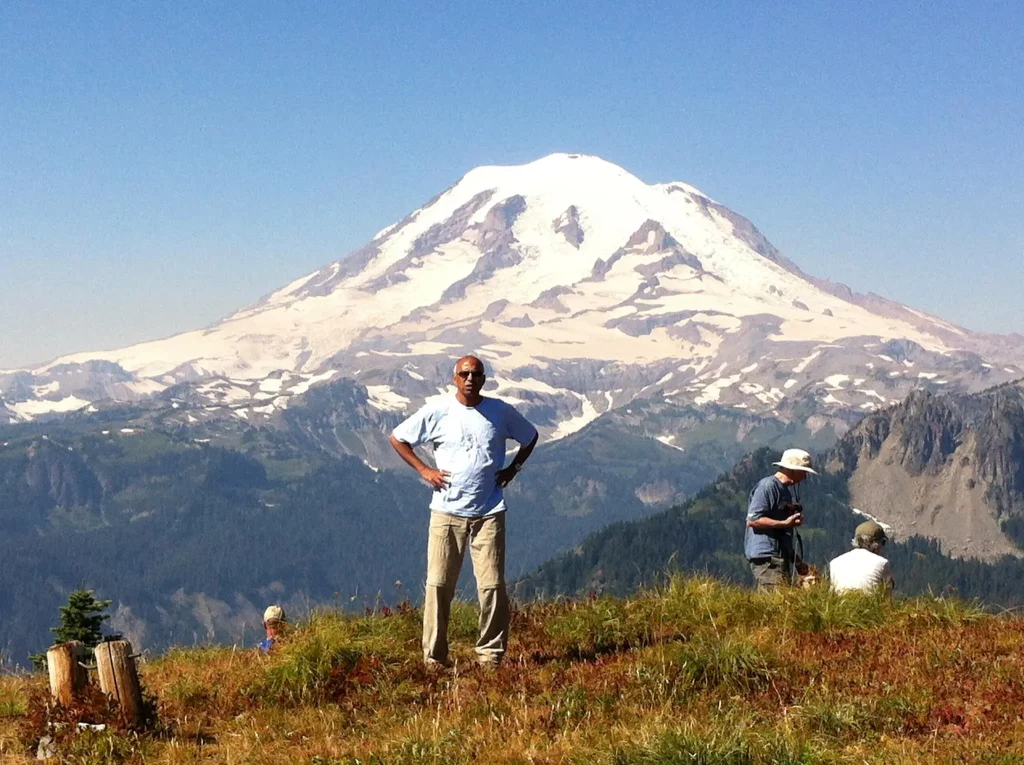

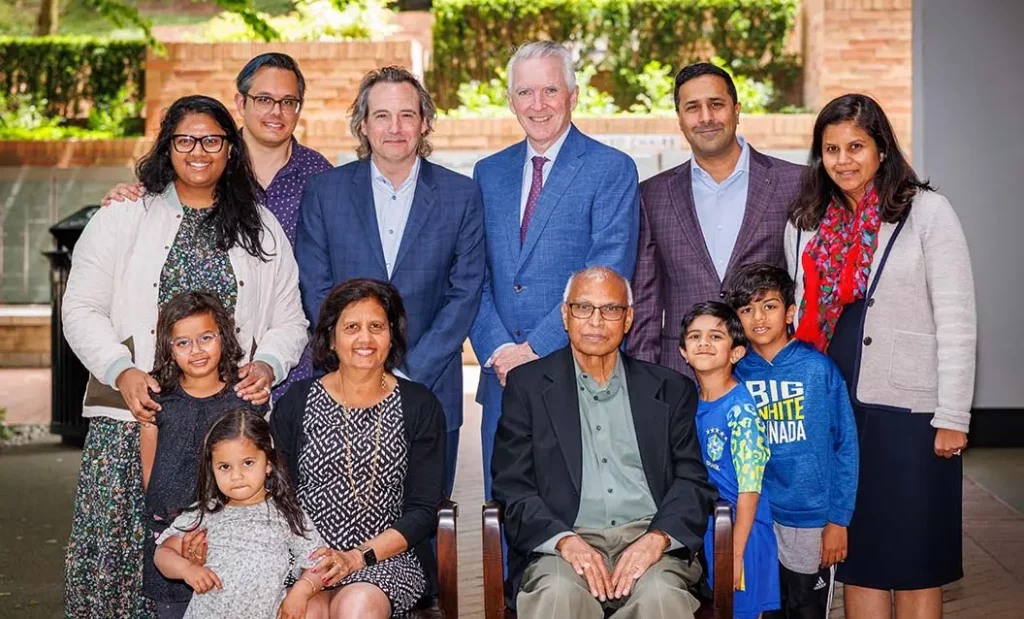 Dr. McGarry Houghton, recipient of the inaugural Satya and Rao Remala Family Endowed Chair with Fred Hutch Cancer Centre President and Director Dr. Tom Lynch, Jr., and the Remala family | Photo Credit: Fred Hutch News Service[/caption]
Dr. McGarry Houghton, recipient of the inaugural Satya and Rao Remala Family Endowed Chair with Fred Hutch Cancer Centre President and Director Dr. Tom Lynch, Jr., and the Remala family | Photo Credit: Fred Hutch News Service[/caption]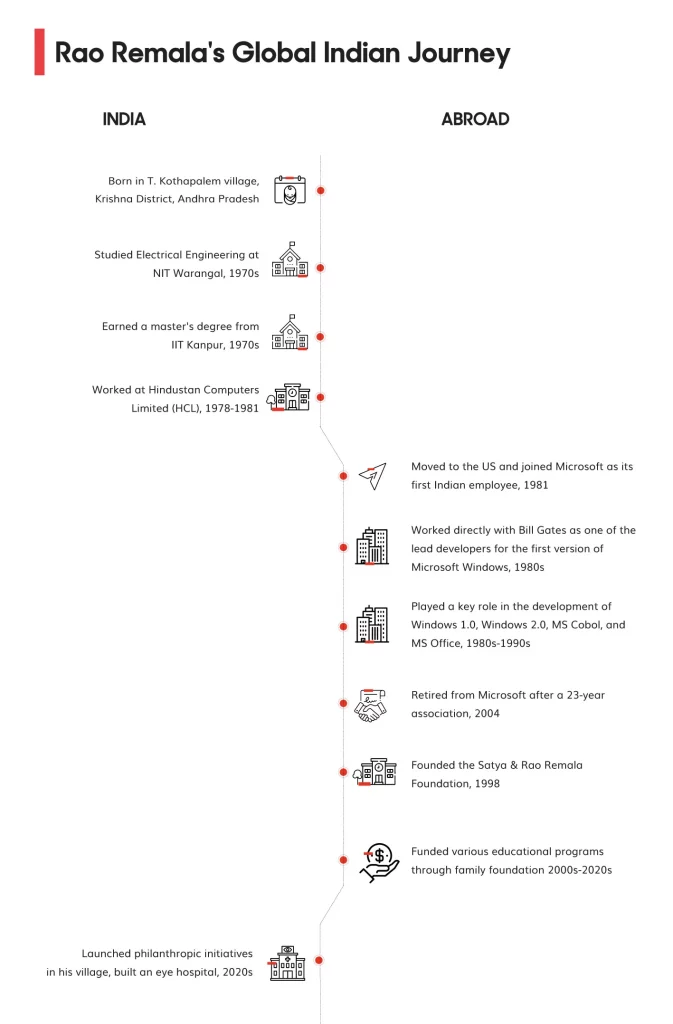
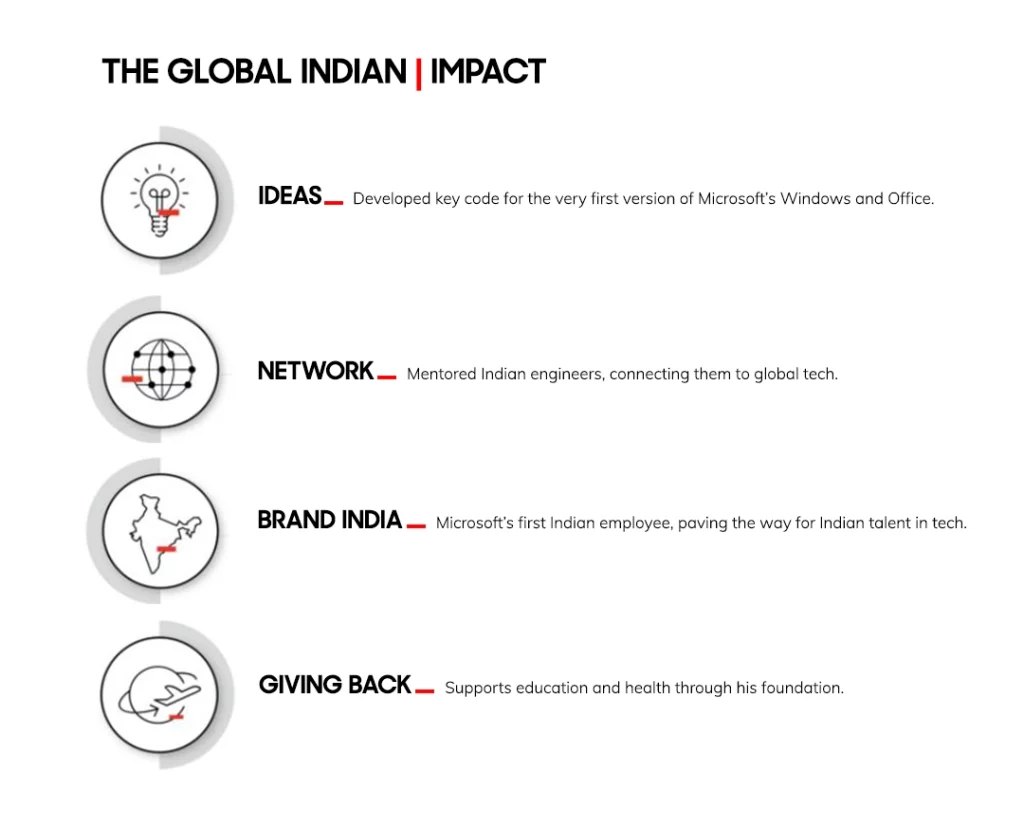

 Dr Gadgil at a refugee camp in Rwanda[/caption]
Dr Gadgil at a refugee camp in Rwanda[/caption]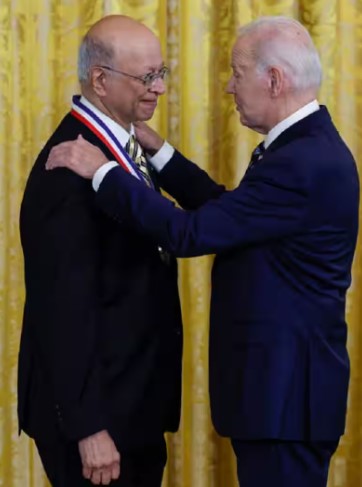 Dr Ashok Gadgil with US President Biden[/caption]
Dr Ashok Gadgil with US President Biden[/caption]
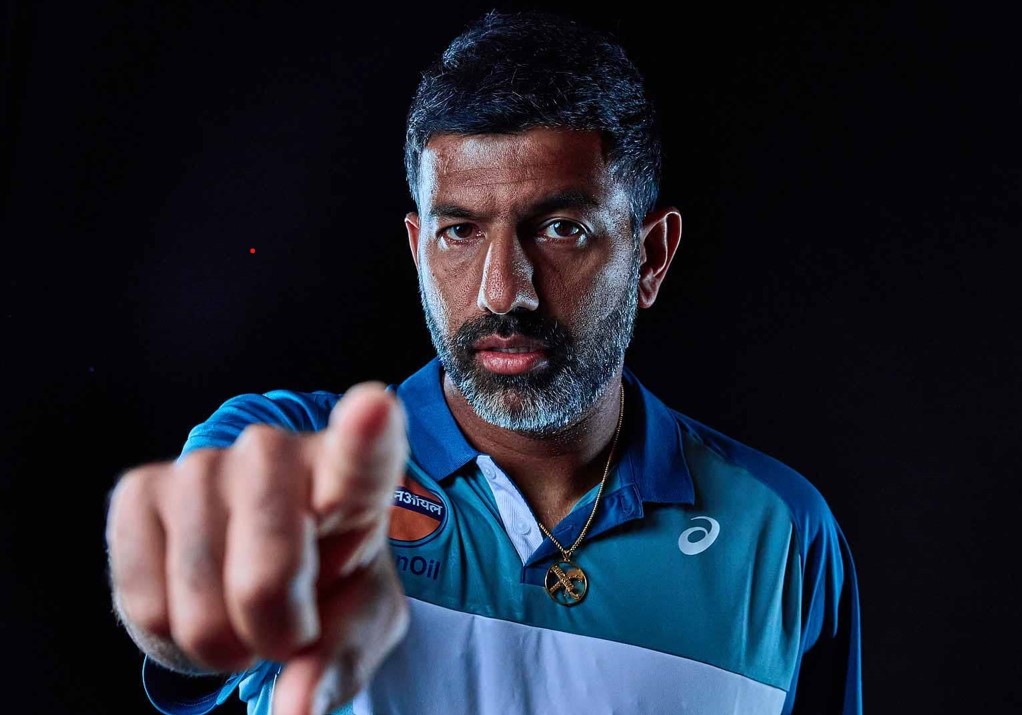 Rohan Bopanna[/caption]
Rohan Bopanna[/caption]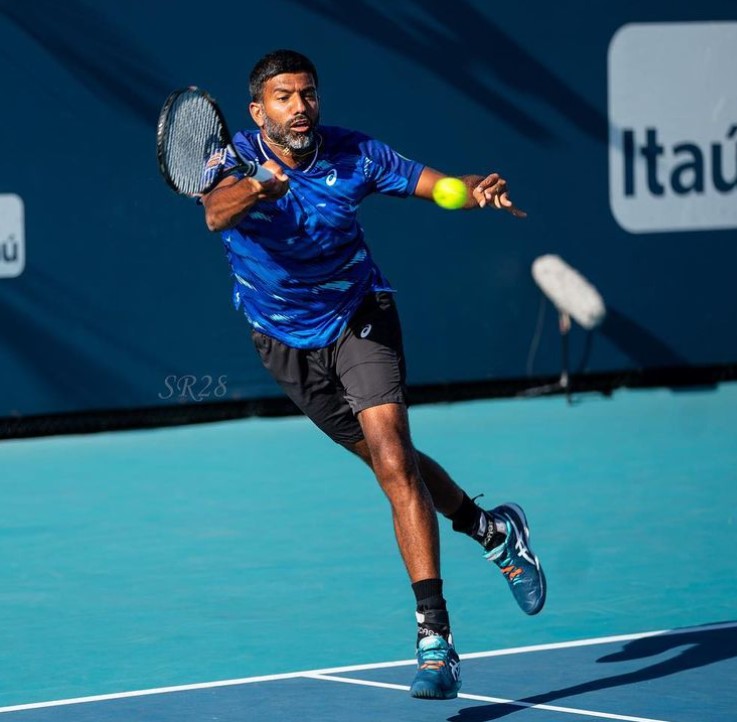 Rohan Bopanna[/caption]
Rohan Bopanna[/caption] Rohan Bopanna[/caption]
Rohan Bopanna[/caption]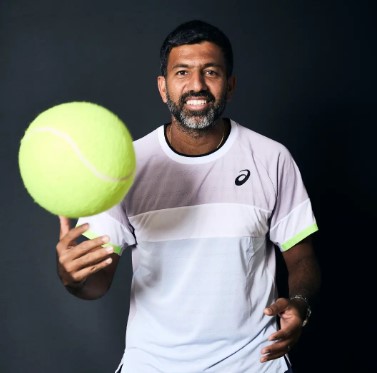 Rohan Bopanna[/caption]
Rohan Bopanna[/caption]
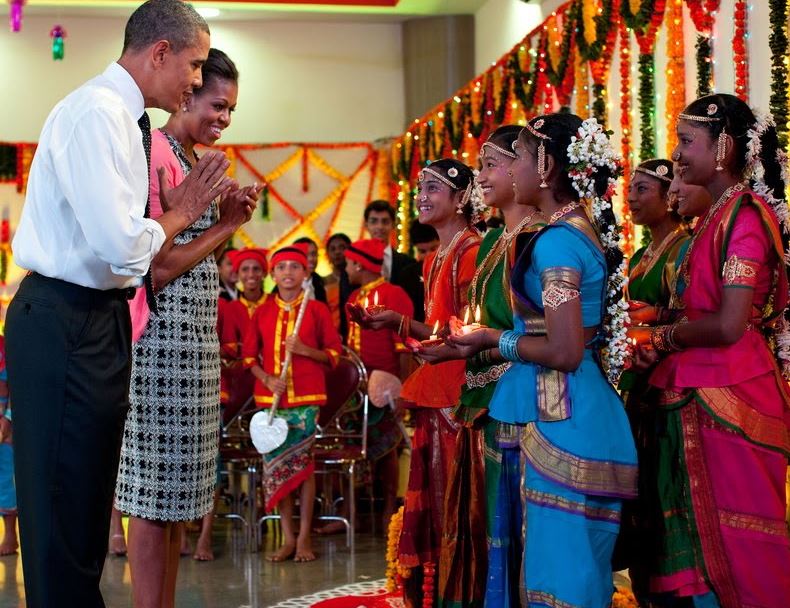 Obamas celebrating Diwali in 2010[/caption]
Obamas celebrating Diwali in 2010[/caption] A digital mural on One World Trade Center in 2021[/caption]
A digital mural on One World Trade Center in 2021[/caption]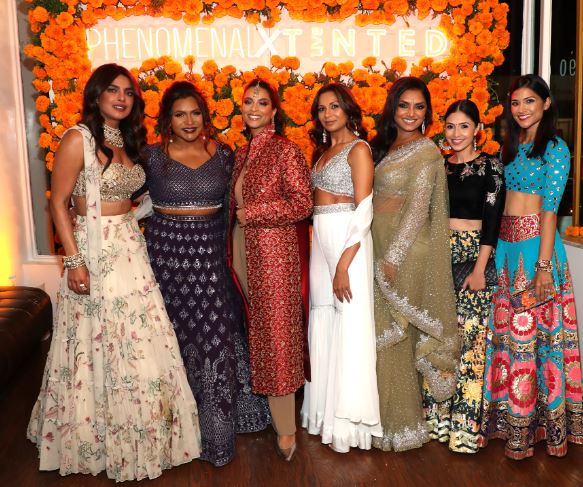 Celebrities and Influencers of the diaspora[/caption]
Celebrities and Influencers of the diaspora[/caption]
All the best. PROUD OF U MY DEAR
Dear Sir, my name is Sunil Ramnath. I am not sure if I am contacting the right Nabeel Ahmad Wani, but I am trying very hard for the past few years to get in touch with my close friend Ahmad Wani- who used to live in Srinagar and later probably in Jammu/Delhi. His wife was Shaista and he also had a son Nabeel Ahmad Wani. Last I talked to him in 2015. Since then I have no contact. I saw your name and it seemed to be the same as my friends sons name, so I thought I would take a chance. I live in Ohio, USA. If you are the person I think then i have been lucky in my searc
my email is ramnaths001@ gmail.com